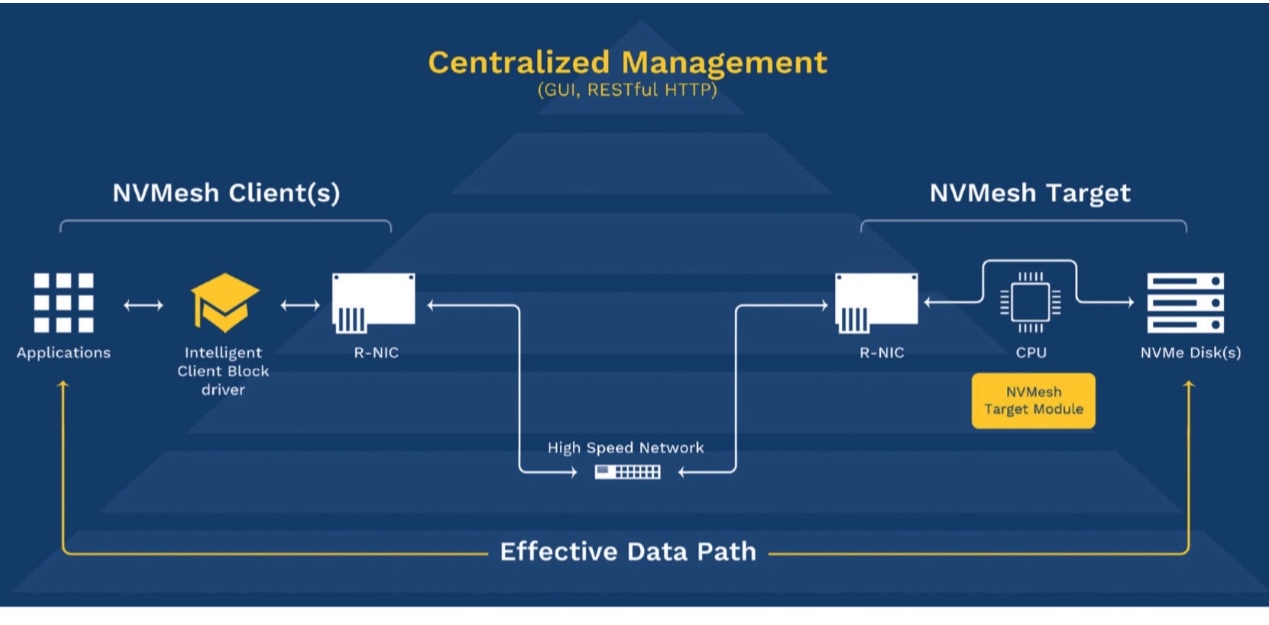Stealthy Start-Up Excelero to Take Off in July
By Philippe Nicolas, advisor of several storage companies
By Philippe Nicolas | May 16, 2016 at 2:53 pm This article was published on May 5, 2016 on the blog of Philippe Nicolas who worked at SGI, Veritas, Symantec, Brocade and Scality, and is currently advisor for OpenIO, Infinit, Rozo Systems, Guardtime, and Solix Technologies.
This article was published on May 5, 2016 on the blog of Philippe Nicolas who worked at SGI, Veritas, Symantec, Brocade and Scality, and is currently advisor for OpenIO, Infinit, Rozo Systems, Guardtime, and Solix Technologies.
Excelero will take off very soon
Excelero, Inc., innovator in scale-out block storage, will unveil officially its solution very soon.
The web site is still empty so the info is not available. But I had the privilege to attend MSST (Massive Storage Systems and Technology) 2016 and to meet Josh Goldenhar, VP products, and Yaniv Romem, CTO and co-founder, who were there to present and speak about the Excelero approach.
The company was founded two years ago, received $20 million from Battery Ventures, and has 25 people.
David Flynn, CEO and founder of Primary Data, has also invested in the company and is a board’s advisor.
[Editor: Excelero’s CEO and co-founder is Lior Gal who was at DDN, Crescendo Networks, acquired by F5, and Exanet, acquired by Dell. Other co-founders are VP engineering Ofer Oshri and chief scientist Omri Mann. The company is based in Herzliya Area, Israel and in Santa Clara, CA].
Excelero develops a very promising product named NVMesh, a pure software product that leverages, NVMe SSD and SR-IOV and RDMA. The philosophy, still a shared-nothing one, offered a decentralized server-based super fast flash-based block storage. NVMe SSDs are connected locally to individual servers and then connected via a super fast network. The result is a very fast shared block storage pool available from every host. The first results have demonstrated super results 20 to 30 times ‘classic’ AFA. NVMesh allows remote NVMe devices to operate like local devices under 100µs.
In details NVMesh has 3 components:
- 1/ a client block driver running on each participating node who needs and uses NVMesh logical block volumes,
- 2/ a target module for NVMe target drives identification linked to the management module, and
- 3/ a storage management module to offer centralized management via WebUI and RESTful API.
In term of features, NVMesh can built RAID-0, RAID-1/10 volumes and ‘wide striping’ across multiple NVMe SSDS connected to other participating servers. Availability is reached by multi-pathing and mirrored volumes. Today 128 targets can participate per NVMesh instance. For performance, the product is very fast with 4 million read and 2.8 million write 4K IO/s, 16GB/s throughput and super low latency with 90µs/25µs for read and write from client to server.
A pretty interesting data sheet with Mellanox and Supermicro was presented recently at the OpenStack Summit, with Cinder integration and is available here. It shows what is probably one of the fastest block implementation for OpenStack.
Romem has presented the approach also during the Flash Memory Summit 2015 and I have extracted two interesting slides:
Excelero has demonstrated a super fast, robust, efficient and none intrusive product with great simplicity. It will be introduced in July and the pricing model should be based on number of drives and servers but independent of the capacity.
The product reminds me what FlashGrid is doing, yes dedicated to Oracle world but with pretty similar philosophy. I invited you to read the post I wrote about FlashGrid in October 2015.

















 Subscribe to our free daily newsletter
Subscribe to our free daily newsletter


